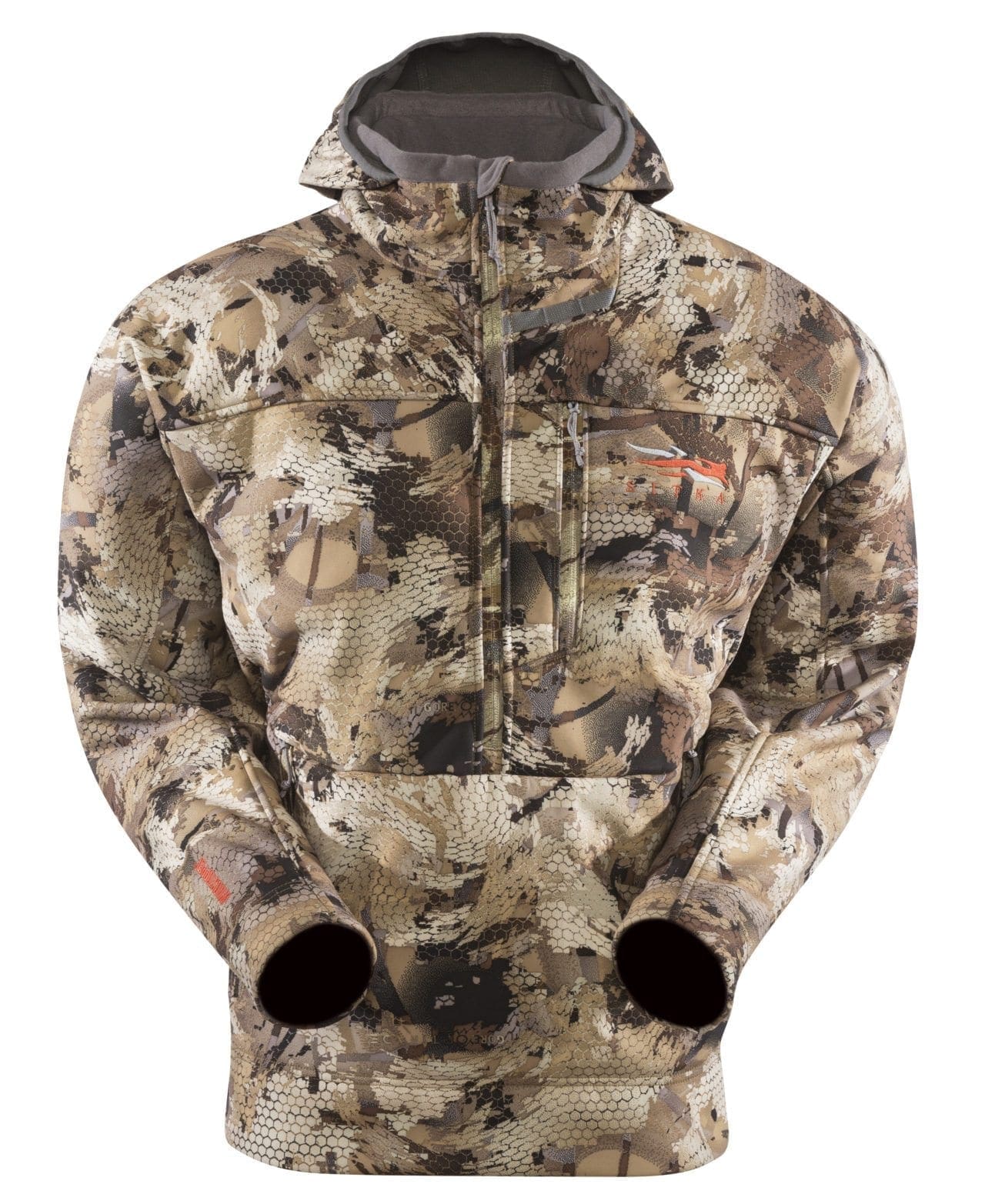Increased Hunting and Fishing Opportunities Proposed for Five National Wildlife Refuges in Nebraska

Today the U.S. Fish and Wildlife Service (Service) announced proposals to increase public access through new or expanded hunting and sport fishing opportunities at five national wildlife refuges in Nebraska. Hunting and fishing programs are administered to ensure sustainable wildlife populations on refuge lands where these activities are compatible with the refuge’s management goals and other recreational activities.
In Nebraska, the Service proposes the following:
- Crescent Lake National Wildlife Refuge in Garden County: Open crow, dove, rail, snipe and pronghorn hunting on acres already open to hunting, and expand existing migratory bird and upland game to new acres, and expand season dates for existing sport fishing.
- Fort Niobrara National Wildlife Refuge in Cherry County: Open migratory bird, upland game and pronghorn hunting on acres already open to other hunting, and expand existing big game hunting by removing permit requirements.
- John W. and Louise Seier National Wildlife Refuge in Rock County: Open migratory bird, upland game and big game hunting for the first time.
- North Platte National Wildlife Refuge in Scotts Bluff County: Open turkey, prairie dog and porcupine hunting on new acres and acres already open to hunting, and expand existing upland game and big game hunting to new acres and expand method of take for existing big game hunting.
- Valentine National Wildlife Refuge in Cherry County: Open teal, crow, snipe, rail, woodcock, badger, bobcat, rabbit, fox, furbearer, opossum, partridge, quail, raccoon, skunk, squirrel, turkey, elk and pronghorn hunting on acres already open to other hunting, and expand existing migratory bird hunting to new acres.
When developing these proposals, the Service coordinated with local, state, and tribal partners, including the Nebraska Game and Parks Commission. The goal is to streamline regulations, increase public access opportunities, and support Nebraska hunters and anglers using public lands.
Hunting and fishing activities directly fund wildlife conservation in North America. In order to engage in migratory bird and waterfowl hunting, hunters must purchase a Migratory Bird Hunting and Conservation Stamp (duck stamp) as a license. For every dollar spent on duck stamps, ninety-eight cents directly supports the purchase of vital wildlife habitat or to acquire conservation easements within the National Wildlife Refuge System. In addition, the Federal Aid in Wildlife Restoration Act sends revenue from excise taxes on firearms, ammunition, and other related equipment to state wildlife agencies, like the Nebraska Game and Parks Commission. The agencies then use these funds to support wildlife conservation projects, hunter education, and outdoor recreation access. These annual payments to state fish and wildlife agencies have resulted in the recovery of deer, turkeys and many non-game species.
National wildlife refuges provide vital habitat for thousands of species and access to world-class recreation, from fishing, hunting and boating to nature watching, photography and environmental education. In doing so, they support regional economies to the tune of $3.2 billion dollars per year and support more than 41,000 jobs.
The proposals are available on each refuge’s website and the public is invited to submit comments from April 1 through 30, 2020. Please submit comments to Steve Hicks, Project Leader, Sandhills National Wildlife Refuge Complex, at 402-376-3789 or Steve_Hicks@fws.gov.
The mission of the U.S. Fish and Wildlife Service is working with others to conserve, protect, and enhance fish, wildlife, plants, and their habitats for the continuing benefit of the American people. For more information on our work and the people who make it happen in the West, visit our website, connect with us on Instagram and Facebook, follow us on Twitter, watch our YouTube channel, and download public domain photos from Flickr.

